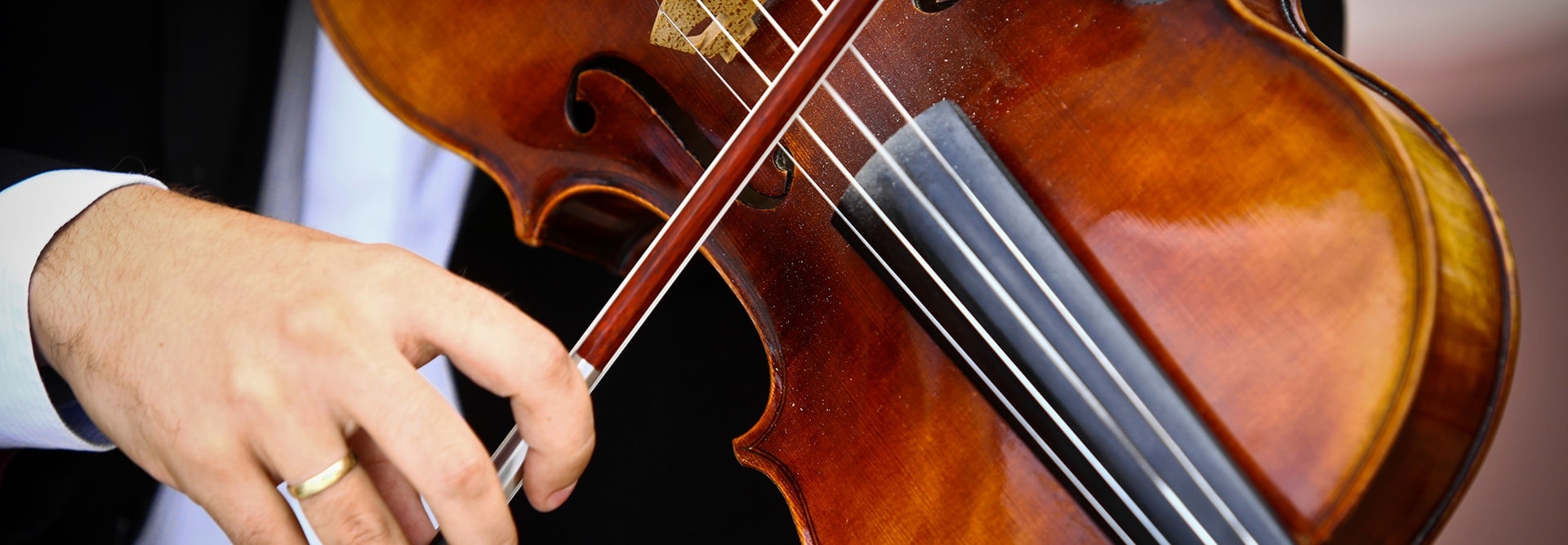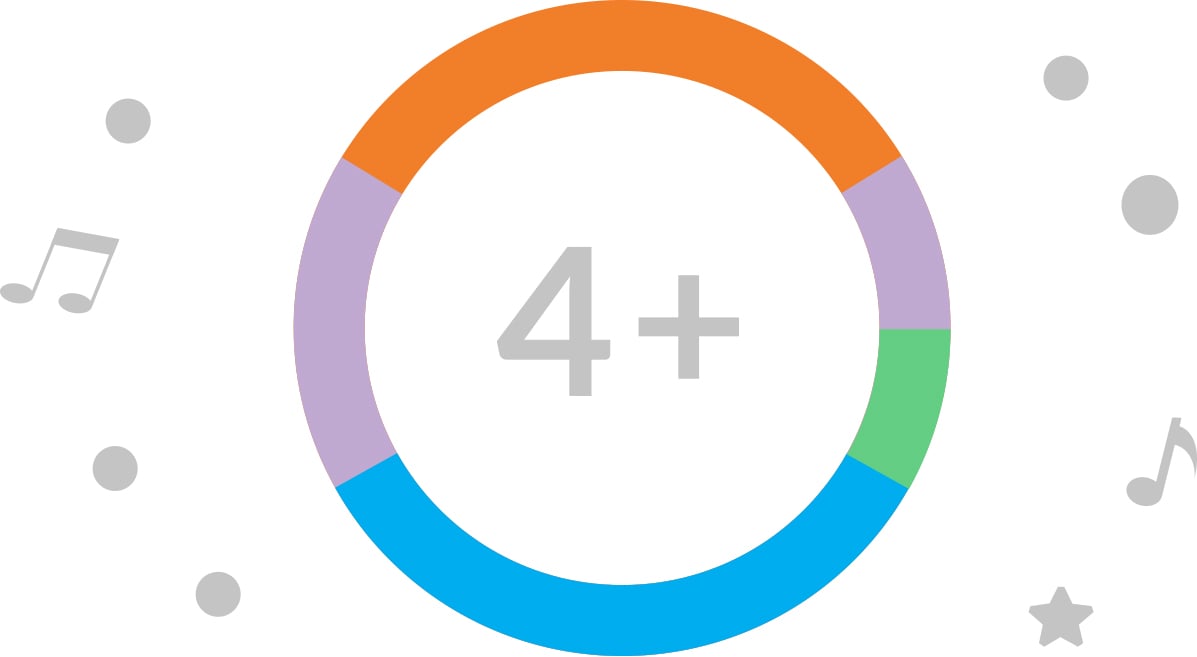
Learning how to play viola is tons of fun for children and adults alike. Similar to the violin, the viola is slightly larger and has a deeper tone. Since the viola was primarily used to fill in harmonies in earlier orchestral music, not much solo repertoire was written for the instrument prior to the 20th century. During the 20th century the popularity of the viola as a solo instrument increased, although it is still primarily used for harmonies in large orchestra pieces as well as in smaller string ensembles. The viola has also been used in contemporary pop music and it is occasionally used in folk music as well. Unlike the violin, viola is notated primarily in the alto clef, so when students learn to play viola they will also learn to read music in that clef.
The viola is played by drawing a bow over one or more of the four strings on the instrument. By holding down the strings with the hand not holding the bow, different pitches can be produced to play complex melodies. The strings can also be plucked with the fingers, a practice referred to as pizzicato. The viola is held by resting it on the left shoulder and holding it in place with the side of the cheek. For younger players, a foam pad called a shoulder rest is sometimes employed to help support the instrument and prevent strain on the player. The left hand can then move to different positions on the neck of the viola while the right hand holds the bow.


